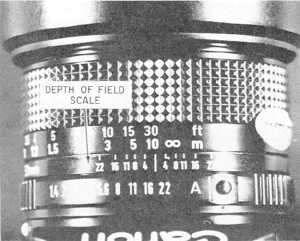Table 4-1.–How to Control Depth of Field
If you want less
Use a larger f/stop (lower number).
Use a longer focal length lens.
Move closer to the subject.
Use a filter to reduce the amount of
light allowed to be transmitted and
use a larger f/stop.
If you want more
Use a smaller f/stop (higher number).
Use a shorter focal length lens.
Back up from the subject.
Use a faster film or a slower shutter
speed and use a smaller f/stop.
Focus at the hyperfocal distance.
f/16 but focusing now at about 16 feet, the depth of field
is almost at infinity. Most normal lenses for 35mm
cameras produce these maximum ranges of sharpness at
about 16 feet. Focusing any farther from the camera only
reduces foreground sharpness. You must remember this
point when attempting to get the greatest possible depth
of field.
Lens focal length is also a factor in depth of field.
The shorter the lens focal length, the greater the depth
of field at a given aperture. In other words, a wide-angle
lens provides more depth of field at f/8 than a normal
lens, and a normal lens provides more depth of field at
f/8 than a telephoto lens.
You know that a small aperture like f/16 provides
more depth of field than a wide aperture like f/2. With
experience, you can predict the best aperture for the
depth of field desired. Even with experience, you do not
always have to guess the aperture setting or calculate the
hyperfocal distance, near distance, and far distance by
using formulas. Most lenses have a depth-of-field scale
to guide you (fig. 4-13). The depth-of-field scale
indicates the distance range from the camera that the
subject(s) appear in acceptably sharp focus. The depth
of field on an SLR is marked between the aperture ring
and the focusing scale. Use the depth-of-field scale as
follows:
1. Focus on the subject.
2. Select the f/stop.
depth-of-field scale. You may have to estimate
the distances.
You can see in figure 4-13 that the lens is focused
at a distance of 30 feet with the aperture set between f/16
and f/22. You can see from the depth-of-field scale that
the depth of field extends from approximately 11 feet to
beyond infinity. If the aperture is opened up to f/8, the
depth of field will range from about 16 feet to infinity.
At any given aperture, depth of field is maximized
by focusing the lens at the hyperfocal distance. That is
the closest point of acceptable sharp focus shown on the
depth-of-field scale when the lens is focused at infinity.
When you are changing the focus setting to the
hyperfocal distance, the zone in front of the subject that
is sharp is increased, and infinity is still the farthest point
3. Look at the depth-of-field scale and locate the
marks that correspond to your chosen f/stop. The
f/stop appears twice, once on either side of the
scale center line.
4. Read the two distances on the focusing scale that
are adjacent to the two f/stops on the
PHC Ron Bayles
302.102
Figure 4-13.–Depth-of-field scale.
4-11

